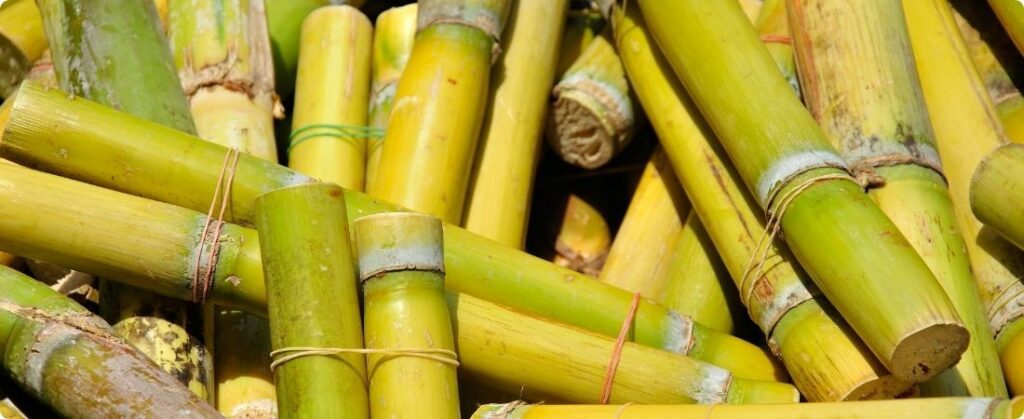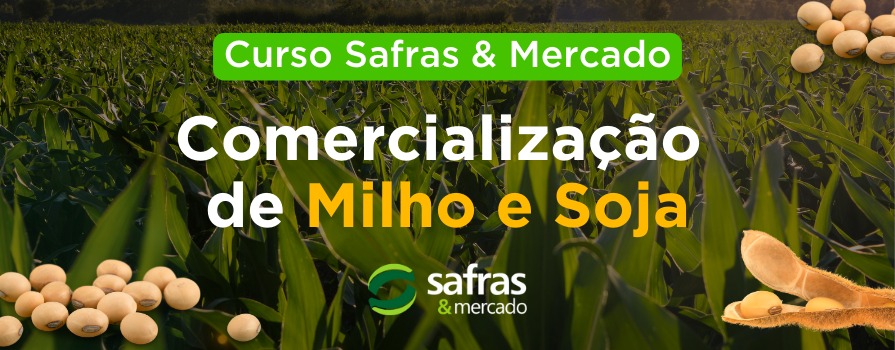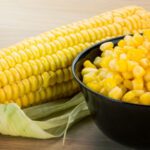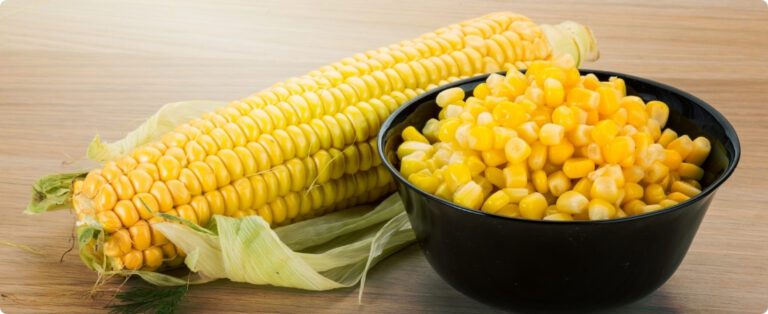
The Fuel of the Future Law, sanctioned by the Federal Government, represents a milestone for the renewable energy industry in Brazil, establishing new perspectives for the sugar-energy sector and, especially, for sugarcane production. With the expectation of attracting around R$1.4T200 billion in investments, the legislation aims to accelerate the transition to renewable energy sources. cleaner energy, establishing that the ethanol blending margin for gasoline will be from 22% to 27%, and may reach 35%. Currently, the blend can reach 27.5%, with at least 18% of ethanol.
Therefore, sugarcane production, the main raw material for ethanol production, is seen as strategic for Brazil's energy future, with a redoubled focus on production efficiency. To this end, technologies that aim to optimize productivity, reduce costs and ensure the sustainability of agricultural production gain even more relevance.
Fabio Perna, Commercial and Services Director of Hexagon’s Autonomy & Positioning division, highlights that the adoption of advanced technologies plays a key role in increasing productivity and reducing costs in the sugarcane industry, without the need to significantly expand cultivated areas. Some of the most relevant solutions include tools for agricultural planning, real-time monitoring and logistics optimization.
Strategic planting planning
“It all starts with good planning,” says Perna, speaking about tools that help with agricultural planning. “Based on georeferenced data and predictive analyses, there are systems that can help organize operations efficiently. They allow producers to identify areas with the greatest production potential, in addition to planning the planting, treatment and harvesting stages in an integrated manner.” This type of technology helps maximize soil use and reduce waste, optimizing the use of resources such as water, fertilizers and fuel.
Furthermore, they are useful for determining the best time to harvest sugarcane. “Sugarcane is a species that has cyclical behavior depending on the climate. In drier periods, it increases its sugar concentration to survive. This is the ideal time to harvest, because the crop will be used to its full potential,” he explains.
Planning systems support this decision-making process. They determine a harvest plan aligned with the needs of each company. To do this, they consider the estimated production per area, maturation curves and geographic distribution. They also take into account field samples, laboratory curves and weather forecasts. In addition, they integrate harvest strategies and even industry demand.
Real-time monitoring and logistics
Agricultural machinery with onboard devices provides precise control of operations carried out in the field, ensuring high efficiency in activities such as planting, spraying and harvesting. Sensors and georeferenced data monitor the performance of the machinery, identify areas that need adjustments and ensure uniform application of inputs. “The result is increased productivity and a significant reduction in operating costs,” says Perna.
Monitoring allows decision-makers to access a range of information, from soil preparation and treatment to harvesting, but it also guarantees an essential function in today's market: the traceability of all stages of the process. “It is useful not only for measuring productivity, but also for ensuring transparency in sugarcane production,” adds the professional.
Furthermore, one of the major challenges in the sugarcane sector, according to the expert, is the logistics of harvesting and transporting the raw material to the mills. Technologies that integrate dynamic management systems help to optimize the flow of transport, adjusting routes and allocating resources in real time. Using intelligent algorithms for dynamic transshipment allocation, these tools harvest and transport the sugarcane in the shortest possible time, preserving product quality and reducing fuel and labor costs, addressing a growing challenge in the field.
To facilitate the use of this combination of technologies, Perna points out that one difference is that they are integrated into a single on-board device. “Today, we see agricultural machines on the market full of displays, one for each solution. This makes it difficult for the machine operator, who has daily experience in the field and needs agility.”
precision agriculture
Precision agriculture has supported agribusiness by offering great potential for increasing productivity and efficiency in the field. Technologies such as autopilot and automated fertilization control allow for the optimization of input use, reduction of waste and increase in crop quality.
However, challenges such as ionospheric scintillation, intensified by the current cycle of high solar activity, can compromise the accuracy of agricultural machinery positioning, directly affecting the efficiency of operations. “This phenomenon distorts the coordinates received by the GNSS, negatively impacting the performance of navigation and control technologies,” explains Perna.
To mitigate these effects, signal correction solutions such as TerraStar, developed by NovAtel, a Hexagon brand, are essential. Integrated with GNSS systems, they offer accuracy of up to 2.5 centimeters, ensuring the reliability required for high-precision agricultural operations. “By combining robustness and accuracy, signal correction is an indispensable component for advances in precision agriculture and for sustaining the consistent results expected by producers,” he adds.
Source: Notícias Agrícolas












